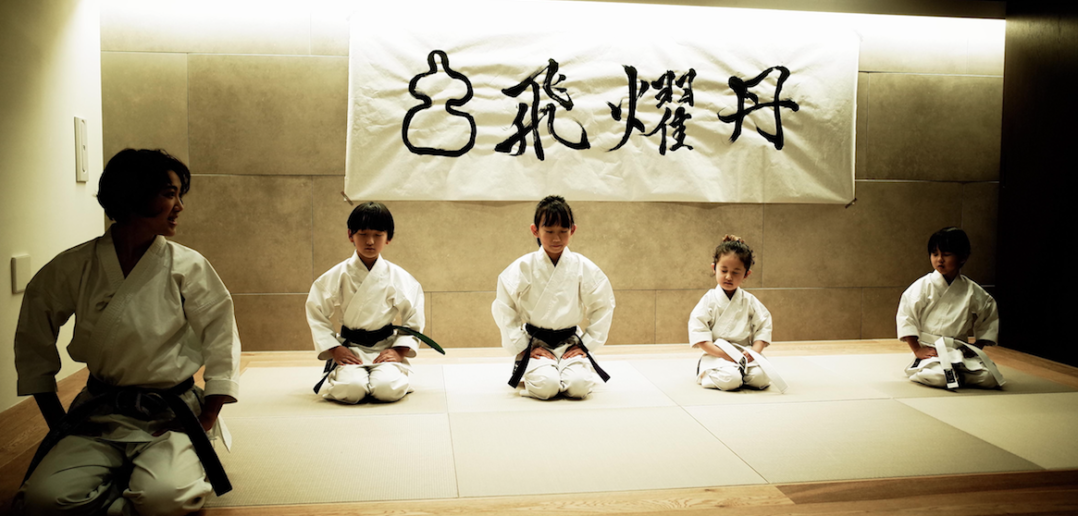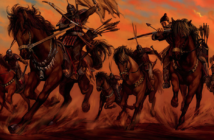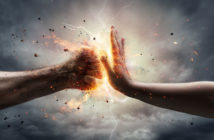By Phillip Starr
In a recent conversation with an old friend I was told that within the past few years there has been a movement back towards “traditional martial arts.” However, a senior student told me that, in his opinion, many of the “traditional” schools aren’t really training in the “traditional way” anymore. Huh.
Even more recently, I was congratulated on being able to trace my martial arts lineage. I’ve never been much of a stickler for establishing one’s pedigree because in the long run it doesn’t necessarily mean much. I’ve known a good many “blue bloods” who weren’t worth a damn when the chips were down and more than a few “mutts” who I’d be more than happy to have on my side should a situation ever go south.
When I served as National Chairman for the AAU Chinese Martial Arts Division I traveled the length and breadth of the U.S. and met a good many of the nation’s foremost kung-fu “leaders.” Naturally, all of them could trace their lineage back to the nth degree and many of them looked down their noses at anybody who couldn’t.
Now, I’ve always been pretty much a pudding taster – like in the saying, “The proof of the pudding is in the eating.” Purebred or not, what mattered to me then and what matters to me now is whether or not a practitioner can make his stuff work. Does he really know what he’s doing and can he make it work or is he just going through so many empty (but traditional) movements? Therein lies the truth of it.
I also recently read an editorial in a martial arts magazine that stated that “bending the truth” about the origin of one’s martial art system is actually considered traditional in the Orient. The author was right. I mean, look at some of them:
Zhang Sanfeng (Chang San-feng) is said to have originated the art of Taiji chuan although there is no concrete evidence that he even existed.
The founder of Baguazhang (Dong Haichuan) allegedly learned his art from a Daoist hermit who was living up in the mountains. This is a favorite fable and many kung-fu styles point to enigmatic hermits as the originators of their arts. It makes you wonder if there was some kind of conspiracy going on with a bunch of hermits…
Xingyi chuan points to the legendary general, Yueh Fei, as it’s originator. This is a second favorite fable. Yueh Fei is revered throughout China and although he died at a fairly early age, he’s been given credit for having originated several kung-fu schools, including Eagle Claw. Very creative fellow…
In Japanese martial arts, more than one school of swordsmanship credits their origin to ghosts or goblins who, for some obscure reason, decided to teach certain warriors their special technique
And so on
I’m reminded of a scene from one of my favorite movies, “Monty Python and the Holy Grail”, when King Arthur is trying to explain to a group of peasants just how he became king…that Excalibur was given to him by the Lady of the Lake. And the peasants make disparaging remarks about why it’s not logical to base a system of government and leadership upon a story wherein “some watery tart lobs a scimitar at you…” Hilarity aside, they have a point. As funny as that entire scene might be, we, as martial arts enthusiasts, base entire martial arts systems on similar tales.
Now, I’m not going to say that these kinds of things can’t happen. I know that they can. BUT – let’s try to keep these stories to a minimum. In Asia, lineage – the past – is everything. Confucianism, which spread all over the Orient, stresses the importance of one’s lineage (whether it’s one’s family lineage, martial arts lineage, or whatever) and subsequent obligations to ancestors. So. Back to the point I was making at the beginning of this lecture… I believe that a “traditional” school should practice in the “traditional way”, more or less. I think that what makes a school traditional (or not), regardless of their actual lineage.
Certainly, it’s fine to employ training methods that may not have been used back in the day – but the old ways of training and the attitudes involved therein are what made the martial arts what they were and what they should be. Our martial arts ancestors didn’t have the nicely made heavy bags that we enjoy, nor did they have many other pieces of modern training equipment. If they had, they almost certainly would have used them. But it’s the spirit with which they’d use them that makes the difference.
To me, it’s the spirit in which training is conducted that determines how “traditional” a school may be – not the sheepskin upon which a lineage is written.




